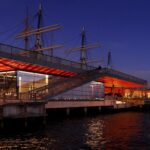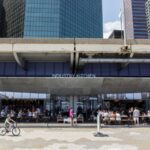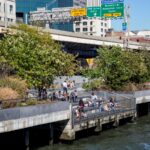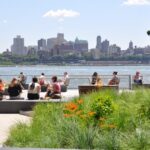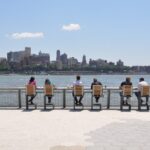In 2004, SHoP Architects embarked on a transformative journey to revitalize the long-neglected East River waterfront in Lower Manhattan, New York. Through a series of interconnected projects, the aim was to reclaim and reinvigorate this historic stretch, spanning from the Financial District to the Lower East Side, including the iconic South Street Seaport area. The culmination of their efforts has resulted in a vibrant new civic amenity, breathing life into the once overlooked urban landscape.
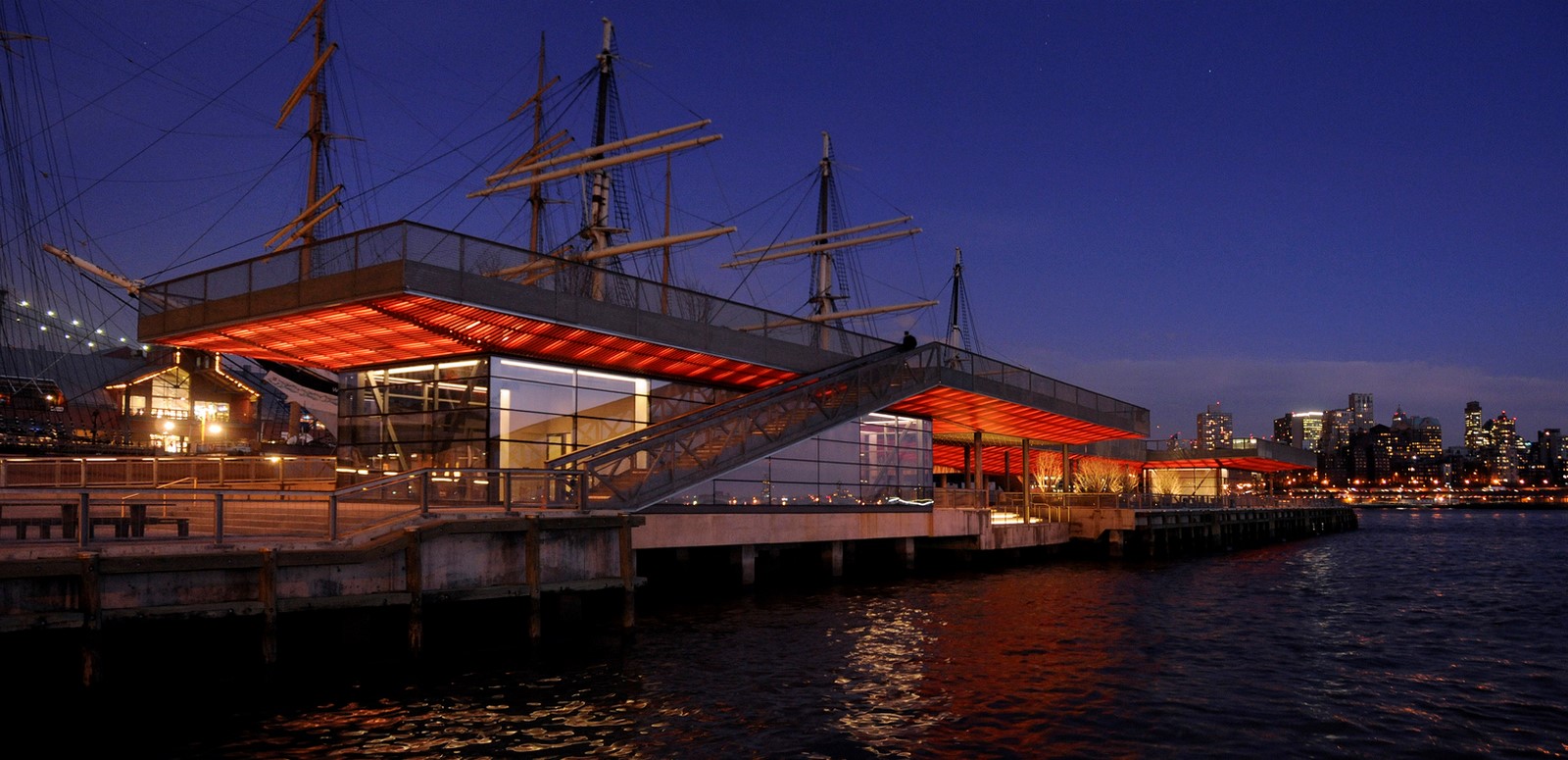
Community Engagement and Collaboration
From the inception of the project, SHoP Architects prioritized close collaboration with various community groups, stakeholders, and government entities. This inclusive approach ensured that the designs and developments resonated with the diverse needs and desires of both visitors and residents. Every aspect of the project, from the overarching master plan to the smallest architectural detail, was meticulously crafted in consultation with the community.

Pier 15: A Center of Activity
Taking inspiration from New York City’s historic two-story recreation piers of the 19th century, Pier 15 emerges as a vibrant hub of activity along the waterfront. Elevated open spaces offer panoramic views of the river, creating a sense of connection with the surrounding landscape. Below, the pier accommodates a range of amenities, including a café, a maritime education center, and a shaded promenade. This multifunctional space seamlessly integrates recreational facilities with the operational needs of a working pier.
Embracing Urban Identity
In contrast to traditional park designs, SHoP Architects embraced the urban fabric and industrial heritage of the site. The design celebrates the area’s industrial past and commercial present, paying homage to its proximity to the elevated FDR Drive. Rather than adhering to conventional park aesthetics, the architects sought to create a uniquely urban recreational space that reflects the character and essence of New York City.
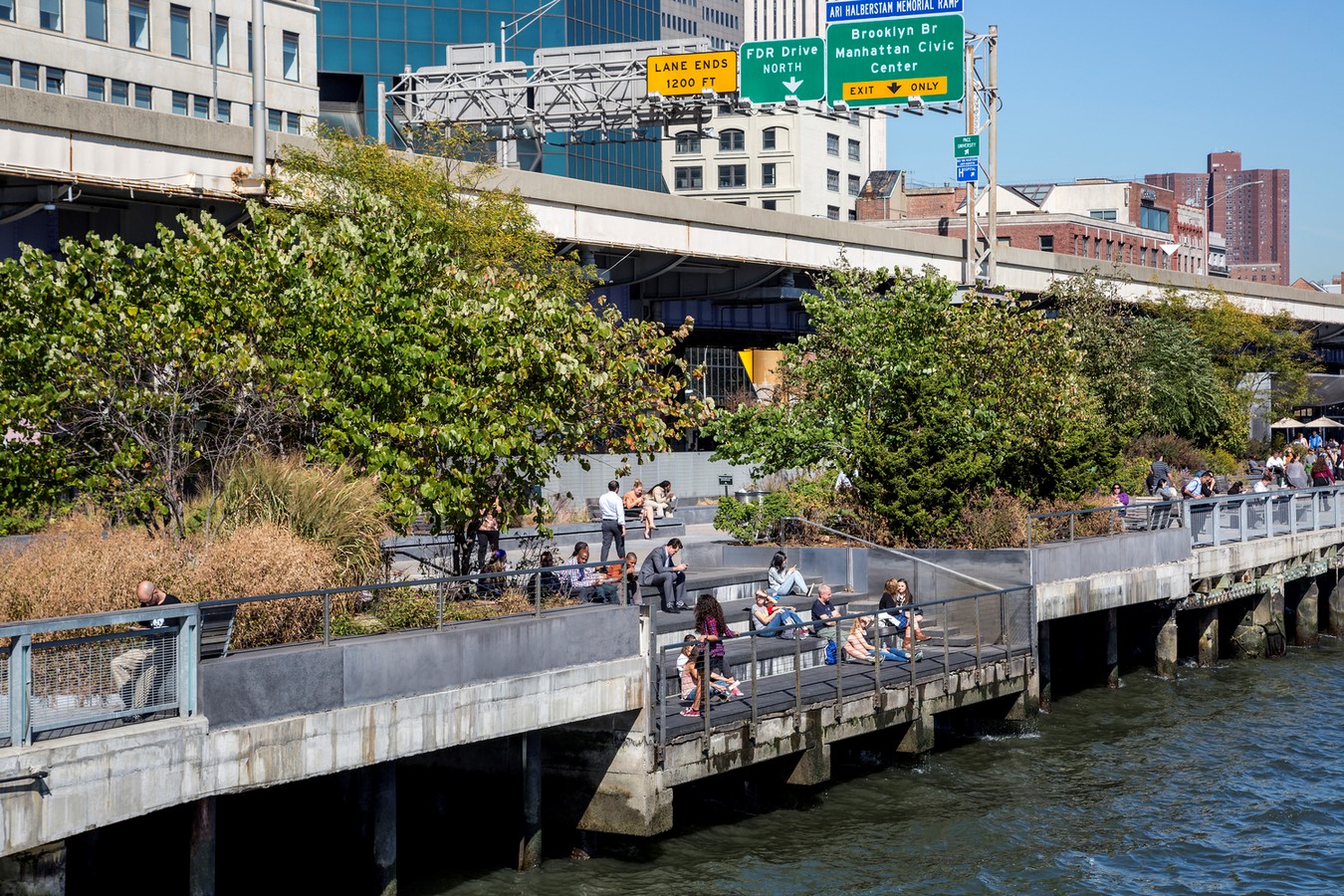
Optimizing Space Beneath the Highway
One of the innovative aspects of the project is the optimization of space beneath the elevated highway. Here, a purpose-built pavilion houses a restaurant, seamlessly integrating with the surrounding urban landscape. The design incorporates industrial elements, such as unembellished steel columns, echoing the site’s industrial history while creating a distinctive architectural identity.
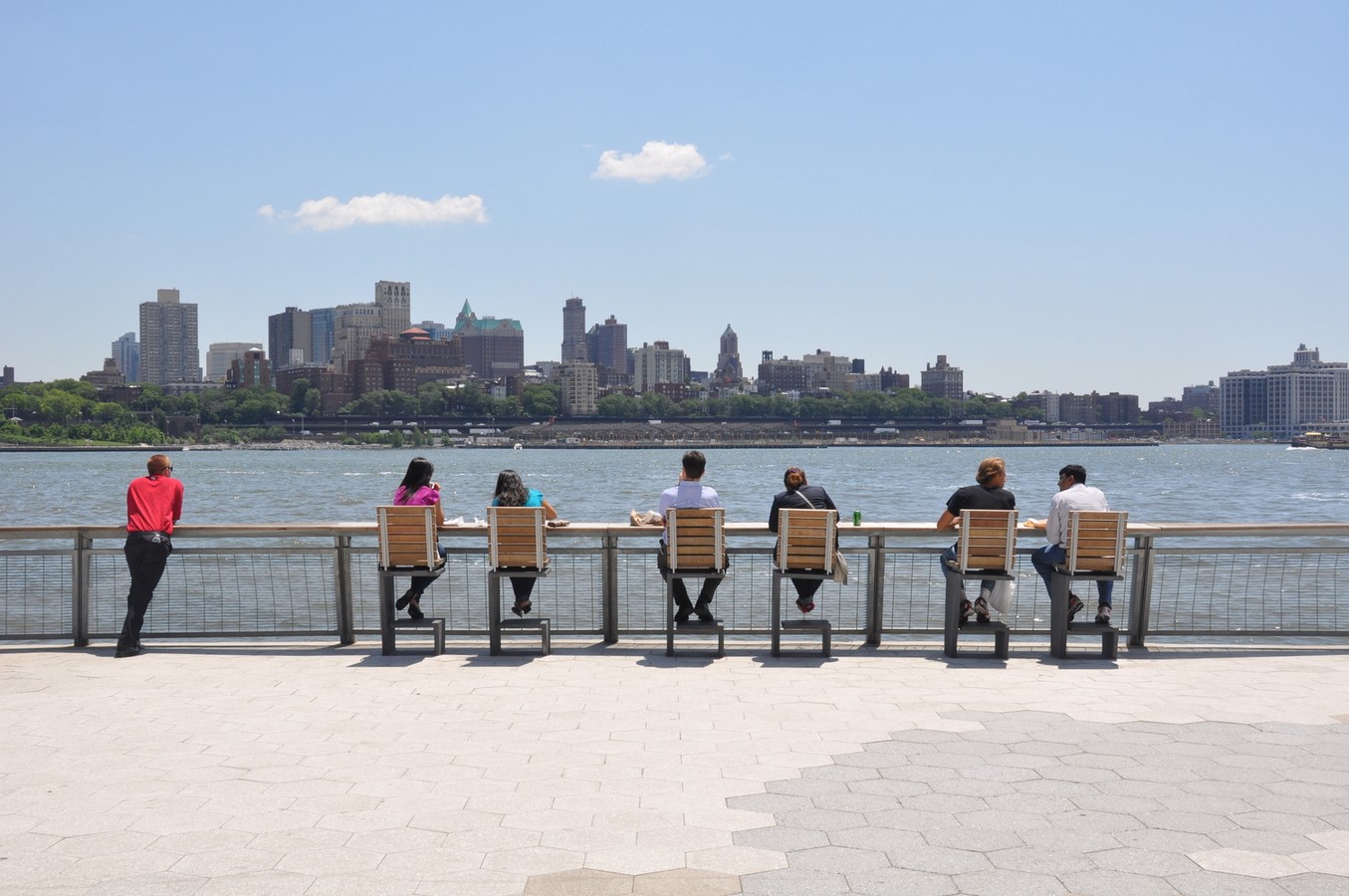
The revitalization of the East River waterfront by SHoP Architects stands as a testament to the transformative power of thoughtful urban design. By reimagining neglected spaces and engaging with local communities, the project has succeeded in creating a dynamic and inclusive public space that enriches the fabric of Lower Manhattan’s urban environment.


